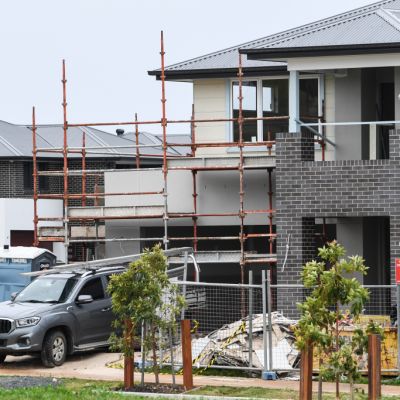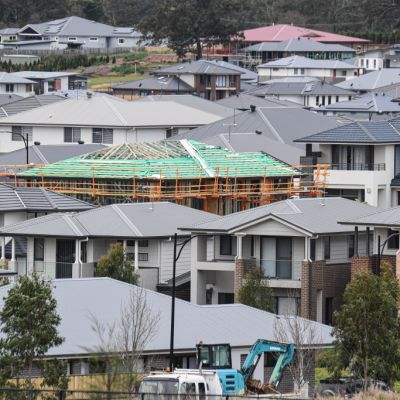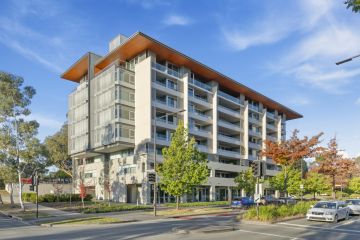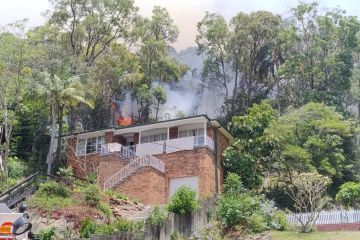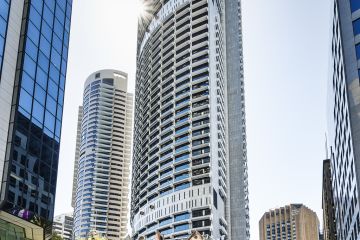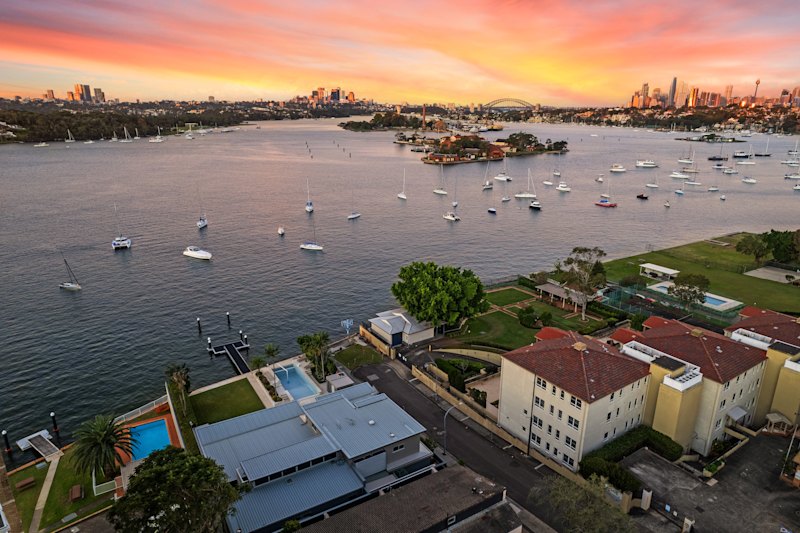HomeBuilder scheme: Buyers, renovators in Sydney, Melbourne unlikely to meet grant criteria, experts say
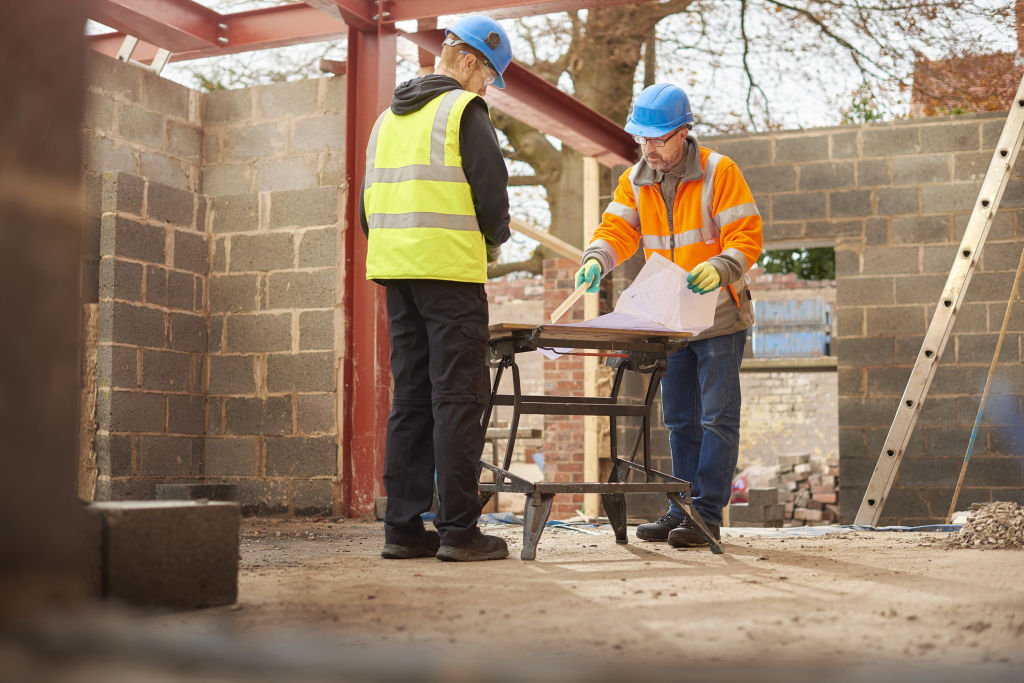
Hopeful home builders or renovators in the country’s biggest cities have little chance of accessing the federal government’s HomeBuilder scheme due to its narrow parameters, experts say.
Even Australians interested in the scheme in popular regional areas have struggled to get access despite them being able to get cheaper land than their metropolitan counterparts.
Major developer Satterley is lobbying the government to extend the program, with hopes high it could be in place for longer.
Western Australia and Queensland appear to have become the biggest beneficiaries of the federal grant scheme as new house building approvals figures skyrocketed in both states, up 34.9 per cent and 13.9 per cent in August respectively, according to Australian Bureau of Statistics figures.
The $688 million federal government scheme was announced in June in a bid to boost the economy and act as a lifeline to the home construction industry.
The scheme offers $25,000 grants to build a new home worth up to $750,000, or start a major renovation costing between $150,000 to $750,000 on an existing property worth less than $1.5 million.
An individual’s taxable income cannot exceed $125,000 per annum or $200,000 for a couple, and the clock is ticking for applicants to get in.
Home builders in NSW have scant customers that meet all the requirements to access the scheme despite it generating huge amounts of inquiry in Sydney’s pricey housing market.
GJ Gardner Sydney South managing director Mark Jeffree said not a single customer had qualified for the scheme due to high Sydney land prices.
“We haven’t had any take-up of it because our clients haven’t met the requirements … the thresholds weren’t significant enough in the Sydney metropolitan area,” Mr Jeffree said.
Meanwhile, GJ Gardner Orange director Fiona Bouffler said the rising cost of land and house contracts as well as land constraints made the scheme “unachievable” for most in the Orange area.
“We’ve had a lot more inquiries … I only know of two of our clients who applied for it because they met the criteria. I don’t know if it’s actually created more sales for us,” Ms Bouffler said. “I know a few people haven’t been able to apply because they earn too much.”
Nigel Satterley, founder and chief executive of the largest private residential developer in Australia Satterley, said the scheme coupled with the West Australian government’s non-means tested building bonus grant had had “an amazing upswing” of new builds.
As a result, Mr Satterley said he was lobbying the state and federal governments to extend their respective grants.
“We’re working with the government on extending the time to title blocks to the 30th June of next year because of a skills shortage and giving builders until 30 September next year to start houses,” he said.
“In Western Australia, it’s had a huge effect. In Melbourne, it’s helped stabilise the market, ticking over very steadily.
“The biggest issue in Sydney was a shortage of affordable land but in Melbourne, Perth, Brisbane, it’s been terrific.”
The peak housing industry’s lobby group Housing Industry Association economist Angela Lillicrap said HomeBuilder had begun to take effect on the west coast but not so much in NSW.
“HomeBuilder along with the state government scheme has given a lot of people confidence to go out and build,” Ms Lillicrap said.
“HomeBuilder is not as effective in Sydney or it’s a lot harder to meet the eligibility requirements because of the price caps,” she said, adding that the state government grant in NSW was not as generous as Western Australia’s.
She said the full effect of HomeBuilder would only be realised in building approval figures from August onwards because the portal went live just weeks ago.
“We’re likely only seeing the beginning of the HomeBuilder program in approvals as well … that’s where we’re seeing a disconnect between approvals numbers and scheme numbers.”
MCG Quantity Surveyor director Marty Sadlier said the scheme had missed the mark in Sydney with builders at the coalface barely benefiting from it.
“It hasn’t been the stimulus for the building industry that it was supposed to be. They’ve had inquiry but nothing that comes to fruition. It really has fallen short,” he said.
He said the scheme’s implementation was “fairly poor”, taking three months for the portal to go live which ate into half of the timeframe needed for someone to access the scheme.
The scheme’s requirement for a couple earning $200,000 to spend $125,000 on a major renovation did not add up either, Mr Sadlier said.
“You’re saying to someone you have to spend virtually what you earn in a year which doesn’t stack up,” he said, adding that it was not the true cost of a major renovation.
He said according to an assessment of the last 1000 jobs by his firm, the average renovation project cost $37,000.
When it came to a limit of $750,000 for new builds, that also did not stack up, Mr Sadlier said.
“At the time instantly I rang Clarendon Homes in the Sydney area to see which homes would qualify and they had none.
“As a stimulus they weren’t creating new work, they were supporting work in the pipeline.”
As of September 11, the federal government’s latest figures, given to Domain, show more than 6000 applications for HomeBuilder had been received across the country. More detailed figures were expected to be released last week.
Minister for for Housing and Assistant Treasurer Michael Sukkar said the HomeBuilder eligibility parameters were set to spark construction activity in the second half of 2020 to protect tradies’ jobs.
“HomeBuilder is protecting the jobs of Australia’s tradies and is providing the support the construction industry needs, as it was designed to do, as we get to the other side of the COVID-19 pandemic,” he said in a statement to Domain.
We recommend
We thought you might like
States
Capital Cities
Capital Cities - Rentals
Popular Areas
Allhomes
More
- © 2025, CoStar Group Inc.
